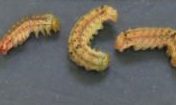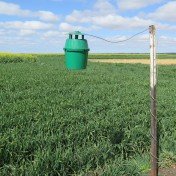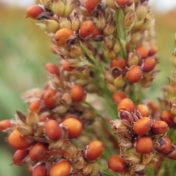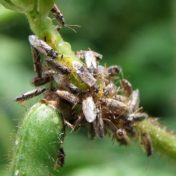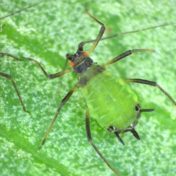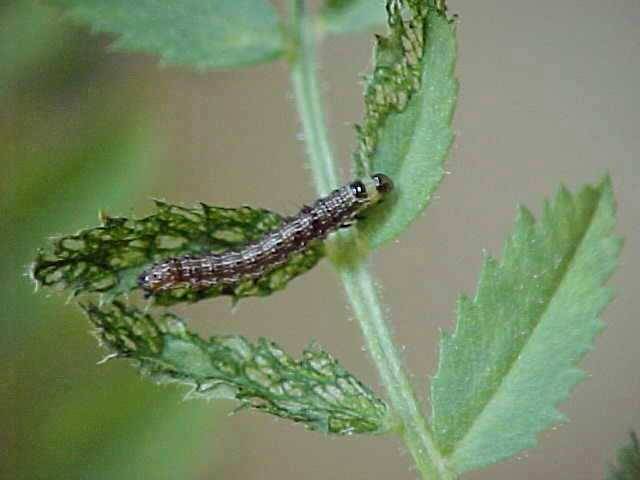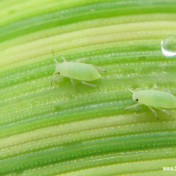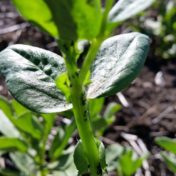As a part of a new insecticide resistance management strategy in grain crops, growers and agronomists are looking to rotate insecticides for Helicoverpa sp. control. Following enquiries from industry, DAF entomology have been conducting research on the range of newer insecticides available for controlling Helicoverpa larvae. In work previously published on the Beatsheet, we have demonstrated the efficacy of these… Read more »
As more growers and agronomists look to rotate insecticides for helicoverpa control in grain crops as part of a sound resistance management strategy, uncertainty about how to tell if larvae are actually dying, or had escaped control for some reason has emerged as a concern in some instances. These cases, where larvae have not died as quickly as expected, have… Read more »
The Helicoverpa pheromone trapping program has recently concluded for the 2017 Winter/Spring season. The program, run by the Queensland Department of Agriculture and Fisheries for the Northern Grain Growing region, forms part of the national Helicoverpa monitoring network jointly run by cesar, SARDI, and DAFWA. The primary purpose of the trapping network is to detect high moth activity, for both… Read more »
Sorghum is most susceptible to crop loss from insect pests during flowering and grain fill, and this article deals mostly with these species (sorghum midge, helicoverpa and Rutherglen bug). However, some years there may be pest infestations in vegetative sorghum. Vegetative sorghum During the vegetative stages you may see a few armyworm or helicoverpa larvae causing shot-holes in the leaves,… Read more »
Although typically only in low numbers in the Northern Grains region, Rutherglen bugs (RGB; Nysius vinitor) were observed at very high densities (e.g. 50 RGB per pod) in many crops last year. A glasshouse study was conducted to determine at what plant stage mungbeans were most susceptible to RGB damage, in terms of both yield and seed quality. To do… Read more »
Wireworm adults and larvae are relatively common soil pests, attacking all field crops. Adults feed on germinating shoots, and larvae feed on germinating seed, seedling roots and shoots causing poor plant vigour or death. Wireworms are most common in zero till, areas with high stubble, or weedy fallows. These are habitats and food sources that sustain the beetles and enable… Read more »
Megoura crassicauda has been found in parts of north-east and central New South Wales (Sydney, Tamworth, and Breeza). The species originated in north-east Asia, and is closely related to the vetch aphid (Megoura viciae), found in Europe, Ethiopia and North America. Its host range is mostly limited to Vicia species – vetches, faba or broad beans, and may extend to… Read more »
Helicoverpa are the primary insect pest of chickpeas. Beneficial insects that are present in many crops do not thrive in chickpeas, so successful helicoverpa management relies heavily on monitoring and identification, appropriately timing control to crop stage, and using the recommended thresholds. Monitoring involves regular in-field checking with a beat sheet. Additionally, moth numbers can be monitored using pheromone traps… Read more »
Russian wheat aphid (RWA) is considered a high priority pest by the grains industry because of its potential to cause significant yield losses in wheat and barley if not well managed. Triticale and rye are also susceptible to crop loss, but oats are considered relatively tolerant. It is inevitable that RWA will establish in the northern grains region, but we… Read more »
Of importance to agronomists is how pest populations are changing over time and the likely impact predators will have on the pest population. Predator and parasitoid activity can be difficult to assess under field conditions, particularly the rate at which beneficials can find pest species. In this research, sentinel prey were used to gauge the level of natural predator and… Read more »


